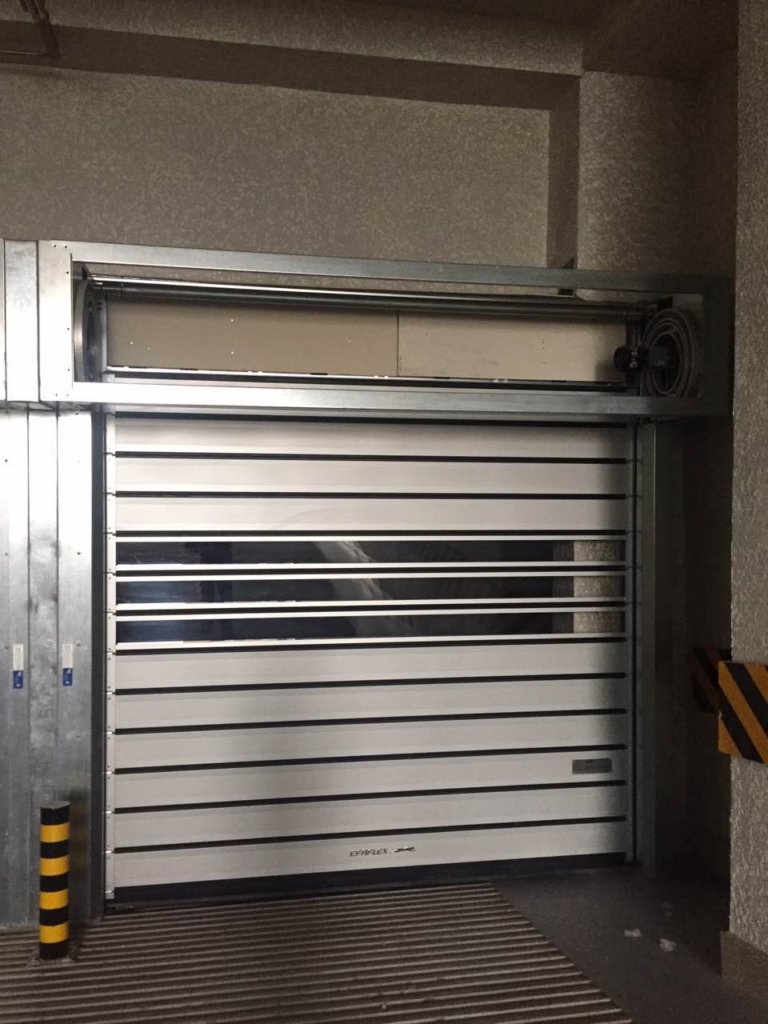sliding door rollers
Sliding Door Rollers: A Comprehensive Guide
What Are Sliding Door Rollers?
Sliding door rollers are small but crucial components that allow sliding doors to move smoothly along a track. They consist of wheels or bearings housed within a bracket, designed to support the door’s weight while minimizing friction. These rollers are found in various types of sliding doors, including:
- Patio doors
- Barn doors
- Closet doors
- Pocket doors
- Glass sliding doors
Without properly functioning rollers, sliding doors can become misaligned, stick, or fail to open altogether.
Types of Sliding Door Rollers
1. Nylon Rollers
Nylon rollers are lightweight, corrosion-resistant, and operate quietly. They are ideal for interior doors where noise reduction is important. However, they may wear out faster under heavy loads compared to metal alternatives.
2. Steel Rollers
Steel rollers are highly durable and can support heavier doors. They are commonly used in commercial settings or for large exterior sliding doors. The downside is that they may produce more noise and require lubrication.
3. Stainless Steel Rollers
Stainless steel rollers offer the strength of steel with added corrosion resistance, making them perfect for outdoor or high-moisture environments. They are often used in patio doors and industrial applications.
4. Ball Bearing Rollers
Ball bearing rollers provide ultra-smooth movement by reducing friction between moving parts. They are ideal for heavy doors that require effortless gliding.
5. V-Groove Rollers
V-groove rollers have a unique design that fits into a corresponding track, preventing derailment. They are commonly used in barn doors and sliding glass doors.
How to Identify Worn-Out Sliding Door Rollers
Over time, sliding door rollers wear out due to constant use, dirt buildup, or lack of maintenance. Signs of failing rollers include:
- Difficulty opening or closing the door
- Grinding or squeaking noises
- Visible wear on the wheels
- Misalignment or dragging
- Gaps between the door and track
If you notice any of these issues, it’s time to inspect and possibly replace the rollers.
How to Replace Sliding Door Rollers
Step 1: Remove the Door
Most sliding doors can be lifted slightly and pulled out of the track. Have a helper assist to avoid dropping the door.
Step 2: Locate the Rollers
Rollers are typically found at the bottom of the door, housed in a bracket. Some doors also have top rollers for additional support.
Step 3: Remove the Old Rollers
Unscrew the roller bracket or use a flathead screwdriver to pry out the old rollers. Note the roller type and size for replacement.
Step 4: Install New Rollers
Insert the new rollers into the bracket and secure them. Ensure they are properly aligned before reattaching the door.
Step 5: Rehang the Door
Carefully lift the door back into the track and test its movement. Adjust the rollers if necessary to ensure smooth operation.
Maintenance Tips for Sliding Door Rollers
To extend the lifespan of your sliding door rollers, follow these maintenance tips:
- Clean the track regularly – Remove dirt and debris to prevent roller damage.
- Lubricate the rollers – Use silicone-based lubricant (avoid WD-40 as it attracts dust).
- Check for alignment issues – Misaligned doors put extra strain on rollers.
- Inspect rollers annually – Replace them at the first sign of wear.
Choosing the Right Sliding Door Rollers
When selecting replacement rollers, consider:
- Door weight – Heavier doors require sturdier rollers (steel or ball bearing).
- Environment – Outdoor doors need corrosion-resistant materials (stainless steel).
- Noise level – Nylon rollers are quieter for interior doors.
- Track compatibility – Ensure the roller type matches your door’s track system.
Common Problems and Solutions
Problem: Door Won’t Slide Smoothly
Solution: Clean the track and lubricate the rollers. If the issue persists, check for misalignment or worn-out rollers.
Problem: Loud Grinding Noise
Solution: Replace damaged rollers and ensure proper lubrication.
Problem: Door Falls Off Track
Solution: Inspect the rollers and track for damage. V-groove rollers can help prevent derailment.
Problem: Uneven Movement
Solution: Adjust the roller height to balance the door.
Where to Buy Sliding Door Rollers
Sliding door rollers are available at:
- Hardware stores (Home Depot, Lowe’s)
- Online retailers (Amazon, eBay)
- Specialty door suppliers
Always verify the roller specifications before purchasing to ensure compatibility with your door.
DIY vs. Professional Replacement
While replacing sliding door rollers is a manageable DIY project, some situations may require professional help:
- Heavy or oversized doors
- Complex track systems
- Structural damage to the door or frame
If unsure, consult a door repair specialist to avoid further damage.
Cost of Sliding Door Rollers
The price of sliding door rollers varies based on material and quality:
- Nylon rollers: $5 – $15 per pair
- Steel rollers: $10 – $25 per pair
- Stainless steel rollers: $15 – $40 per pair
- Ball bearing rollers: $20 – $50 per pair
Labor costs for professional installation range from $75 – $200, depending on complexity.
Final Considerations
Sliding door rollers play a vital role in door functionality. Regular maintenance and timely replacements ensure smooth operation and prevent costly repairs. Whether you choose nylon, steel, or ball bearing rollers, selecting the right type for your door will enhance durability and performance.

